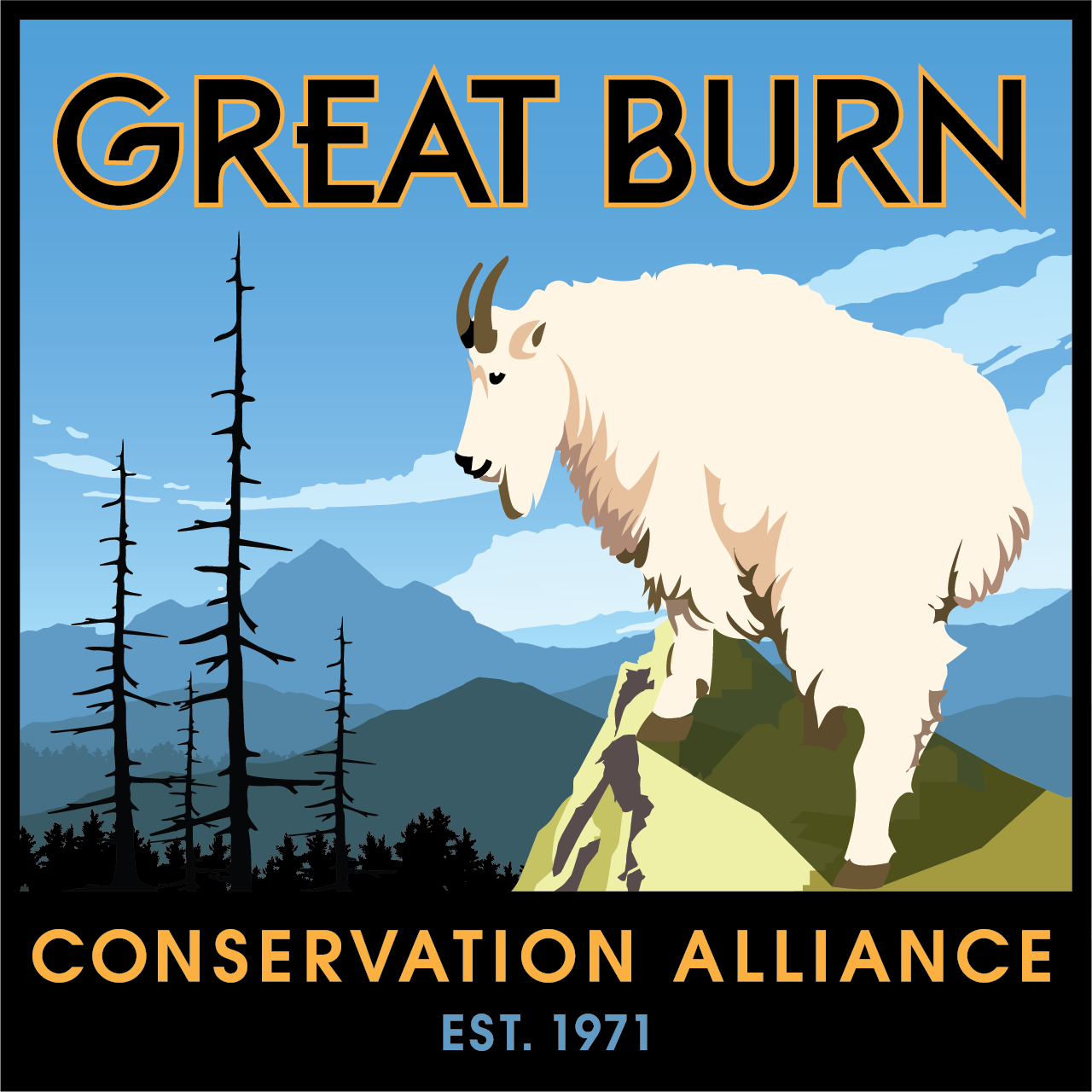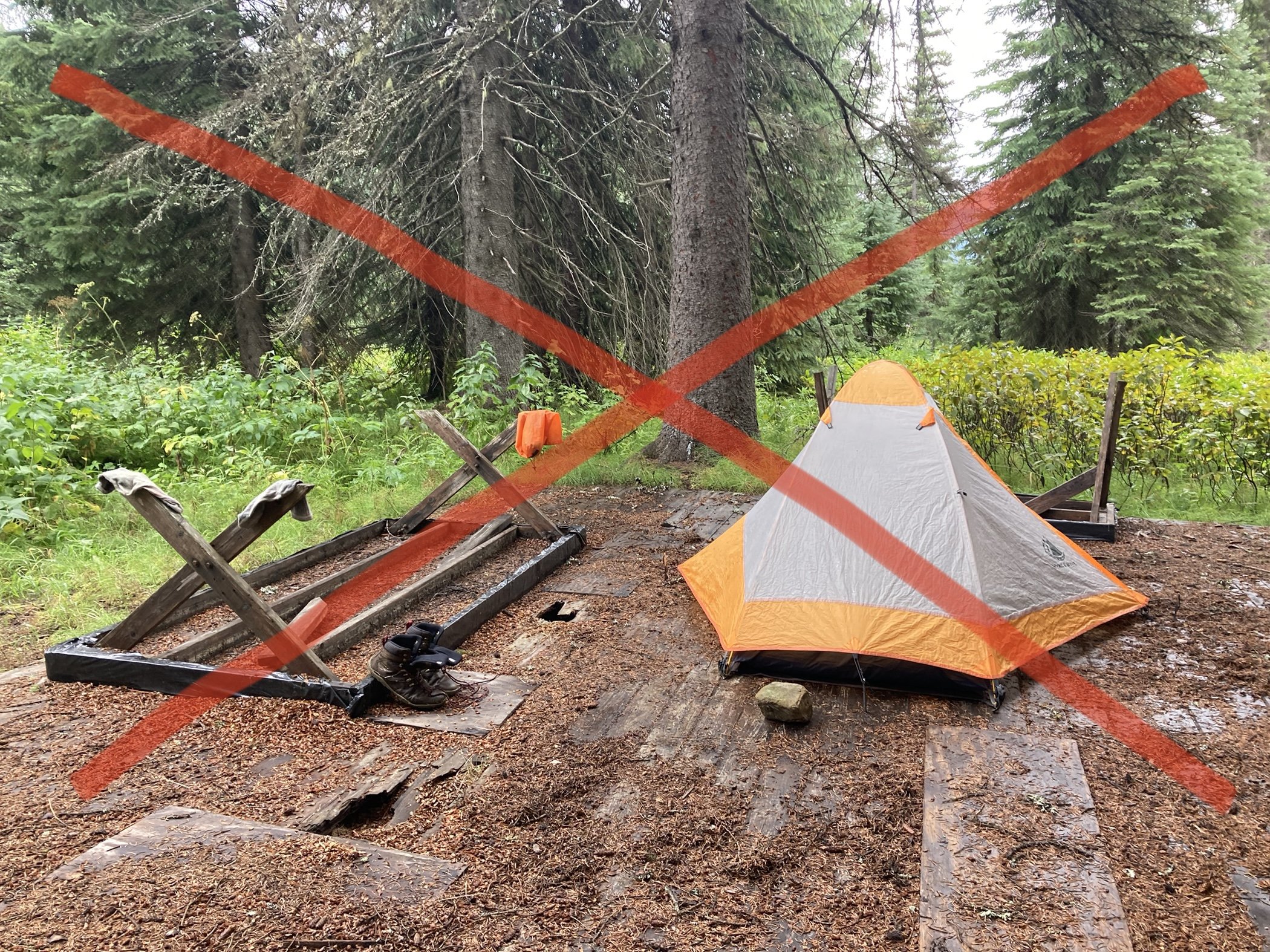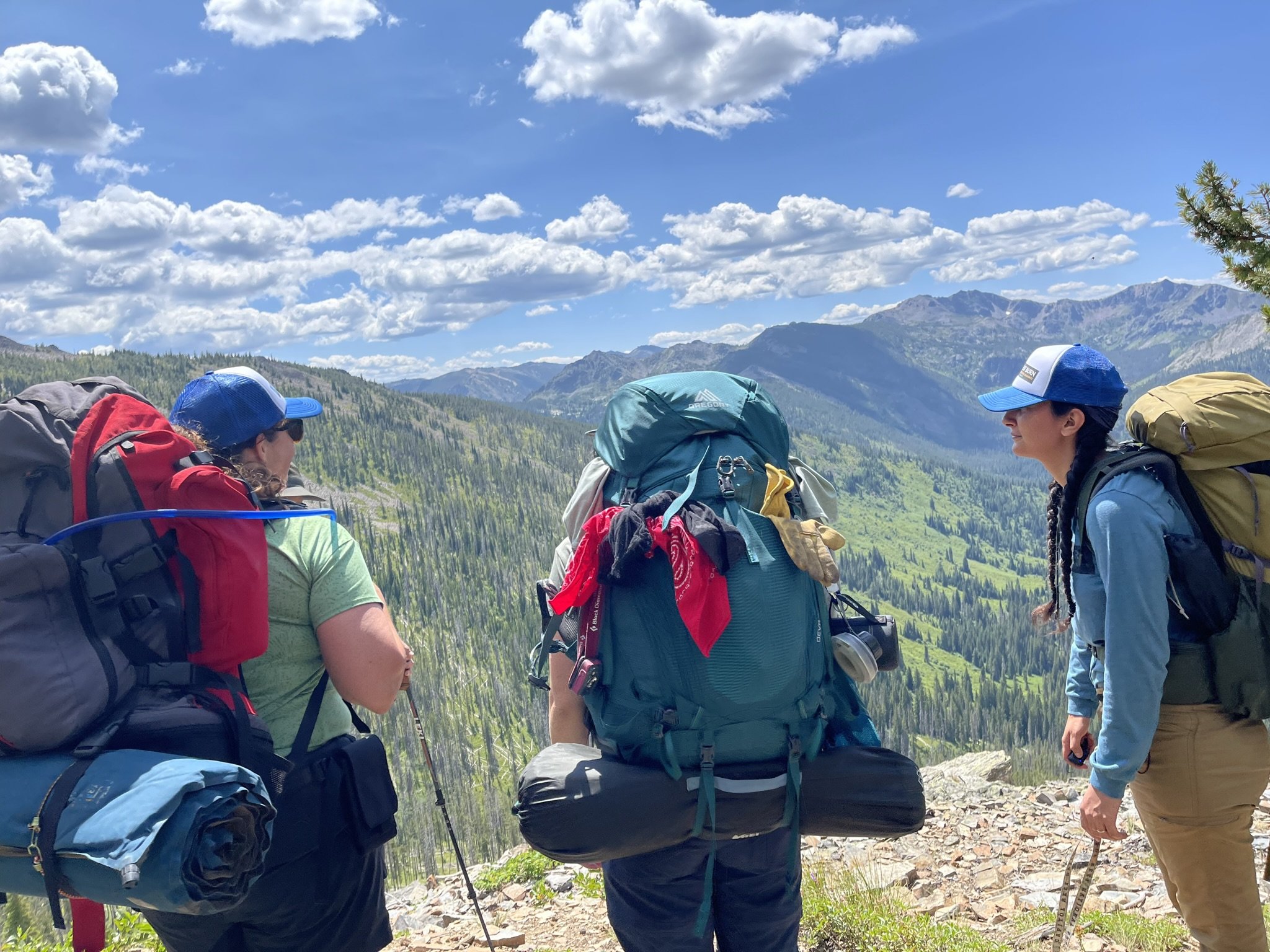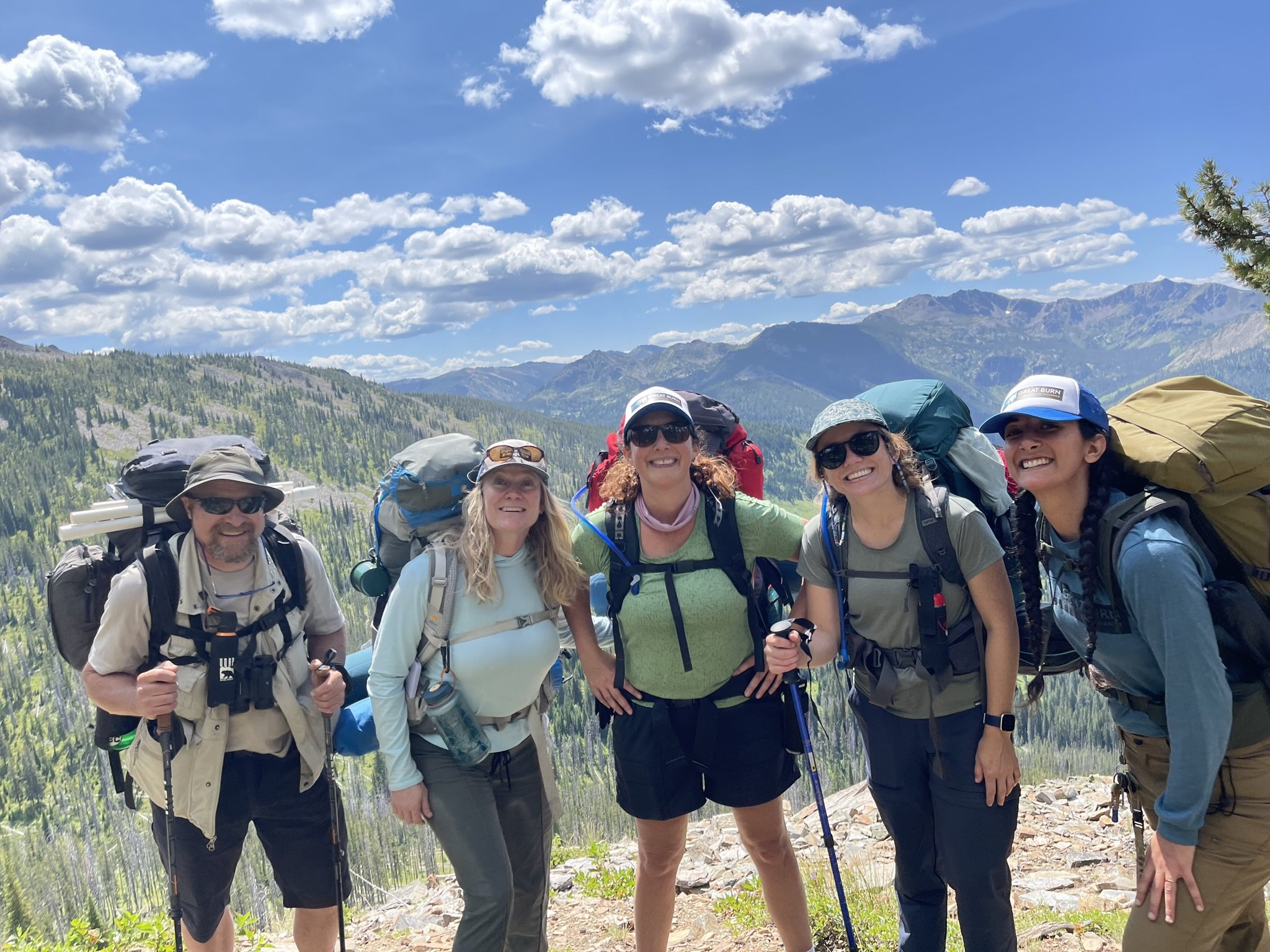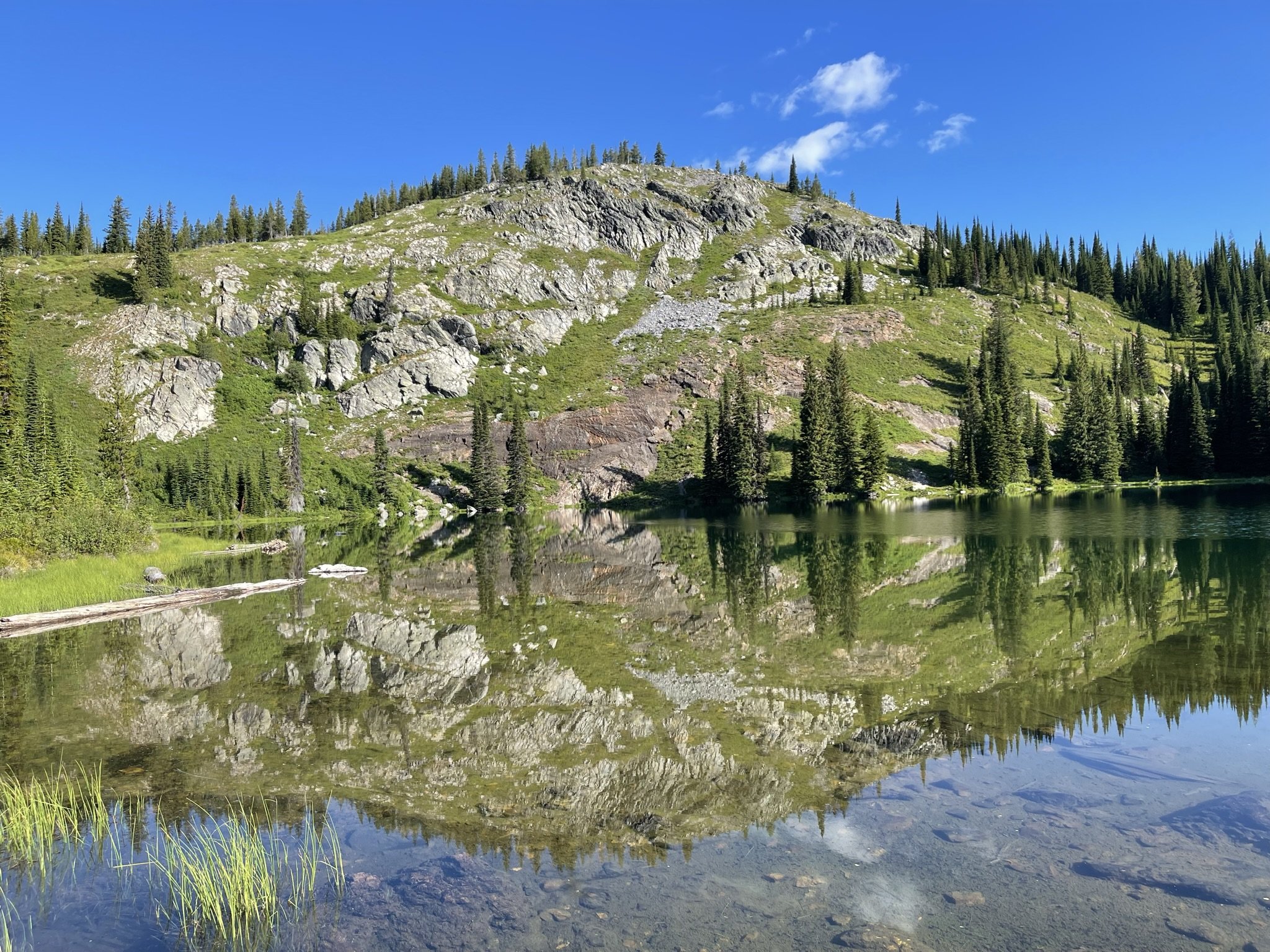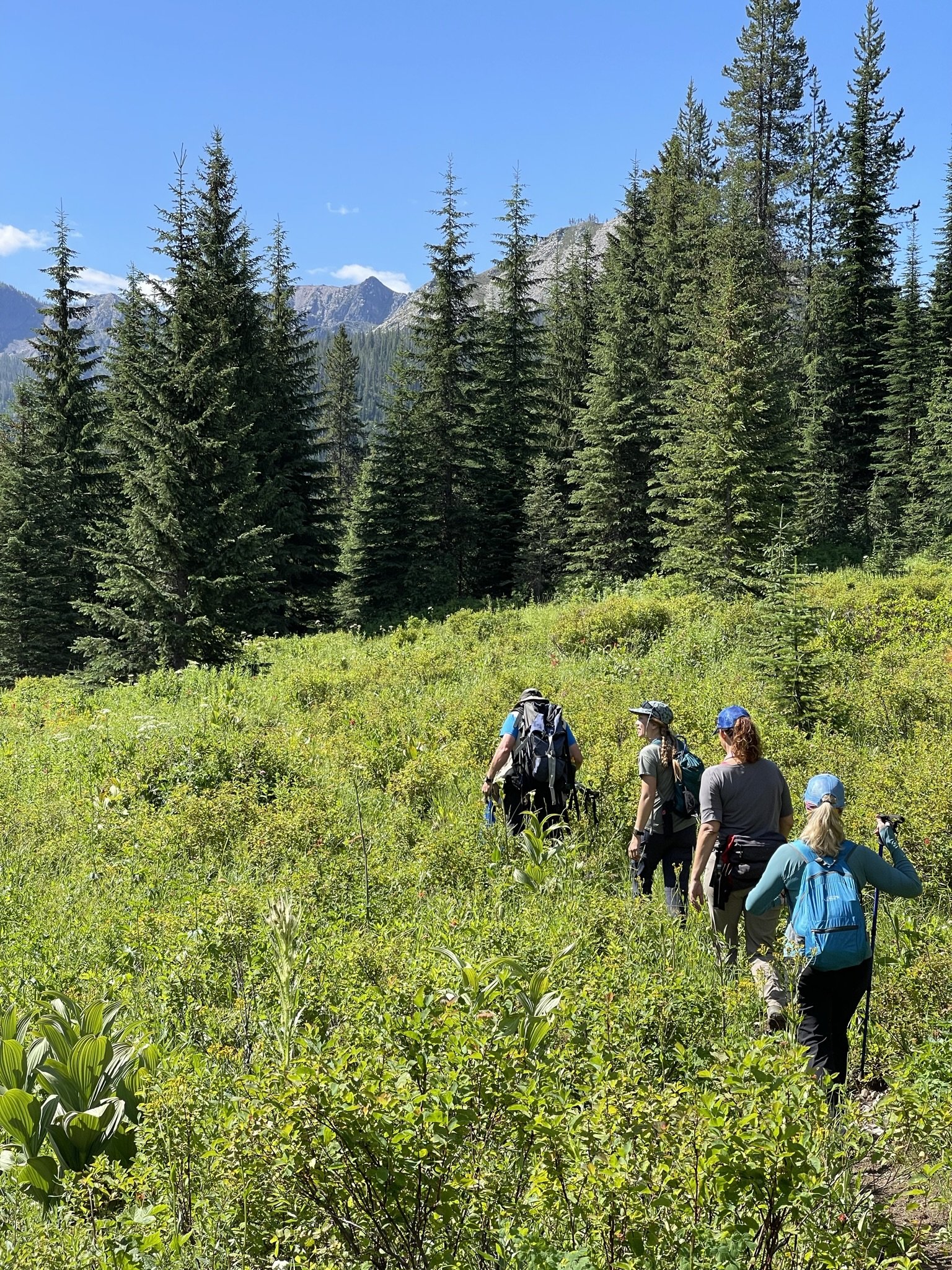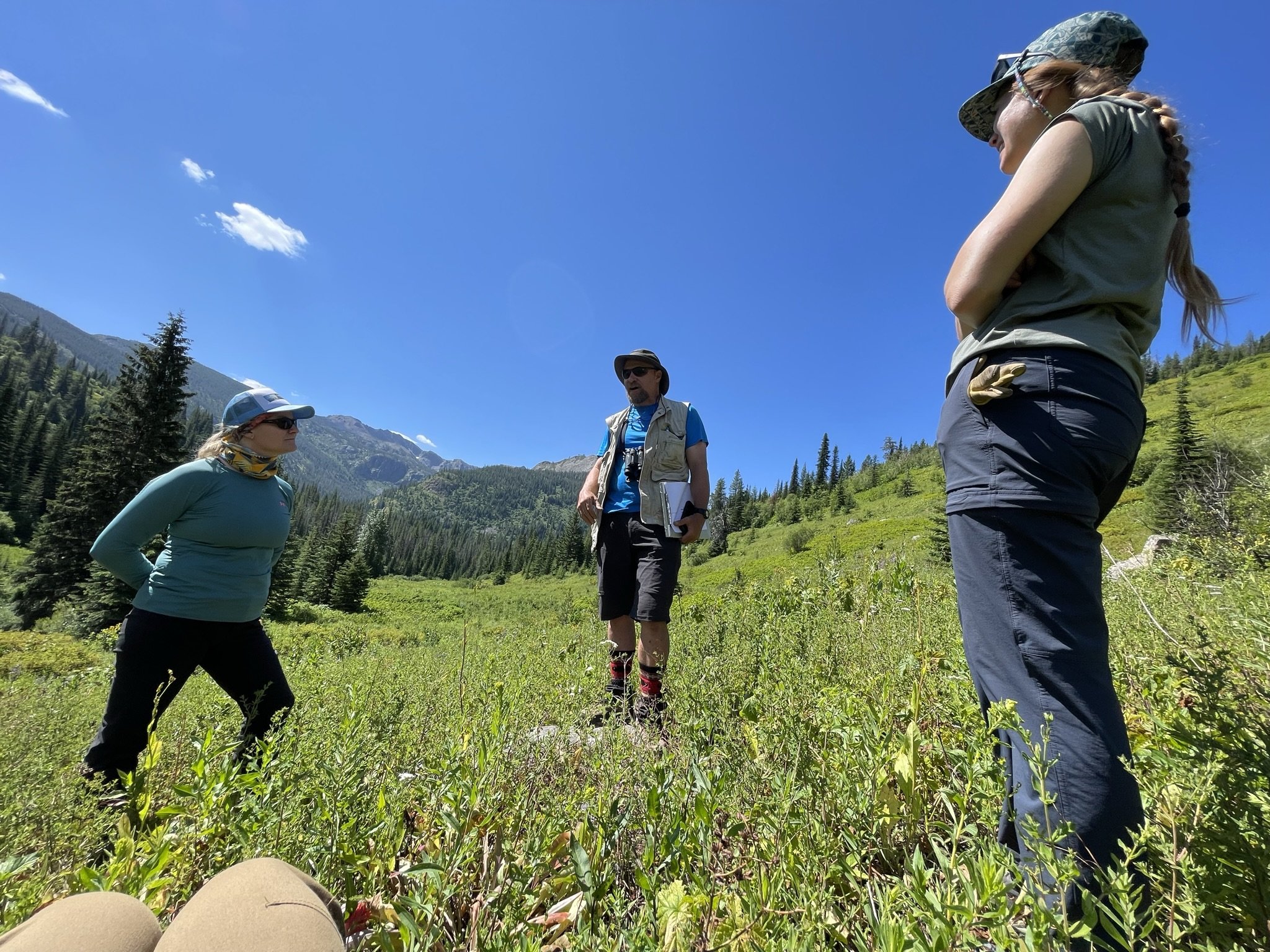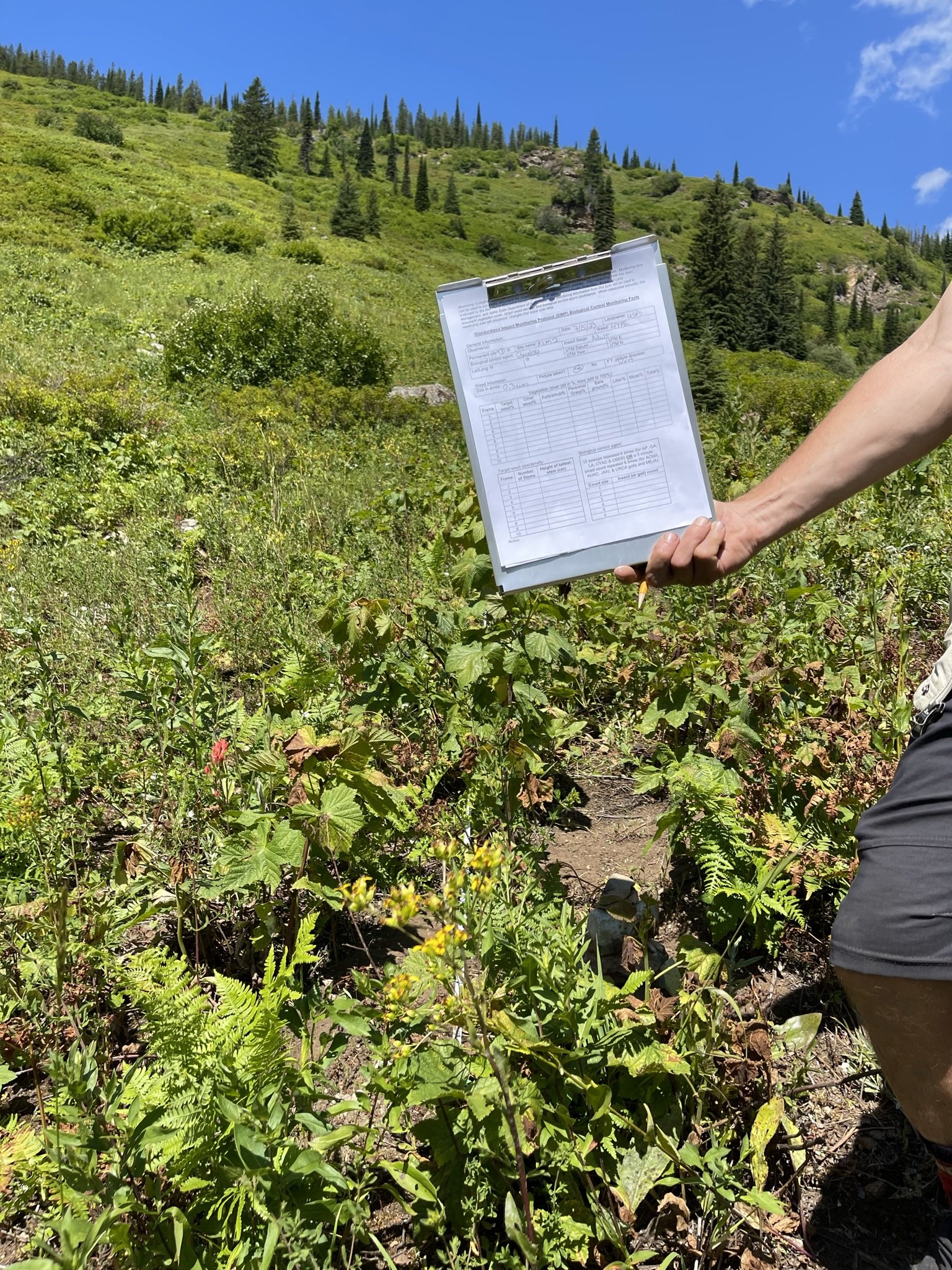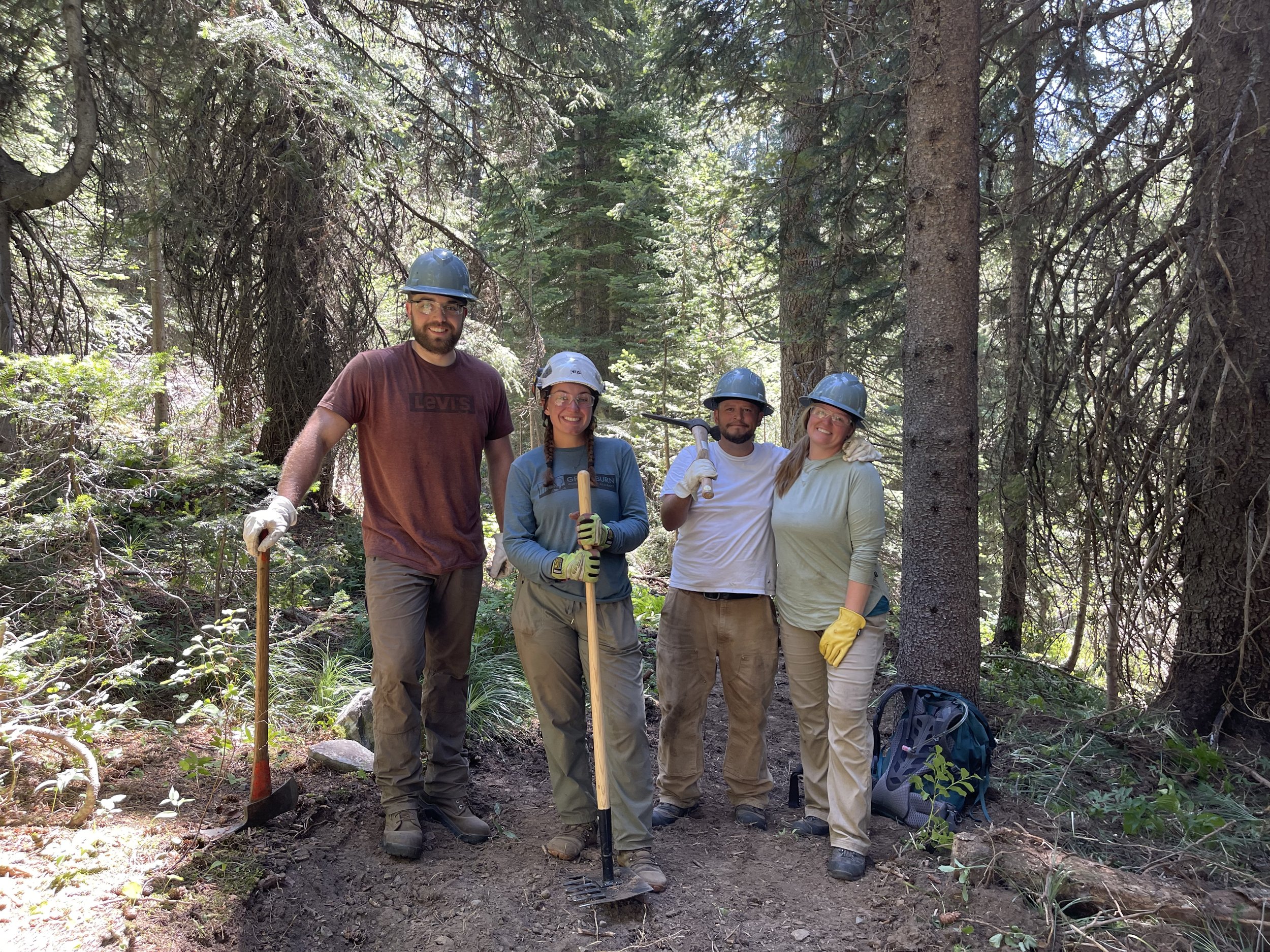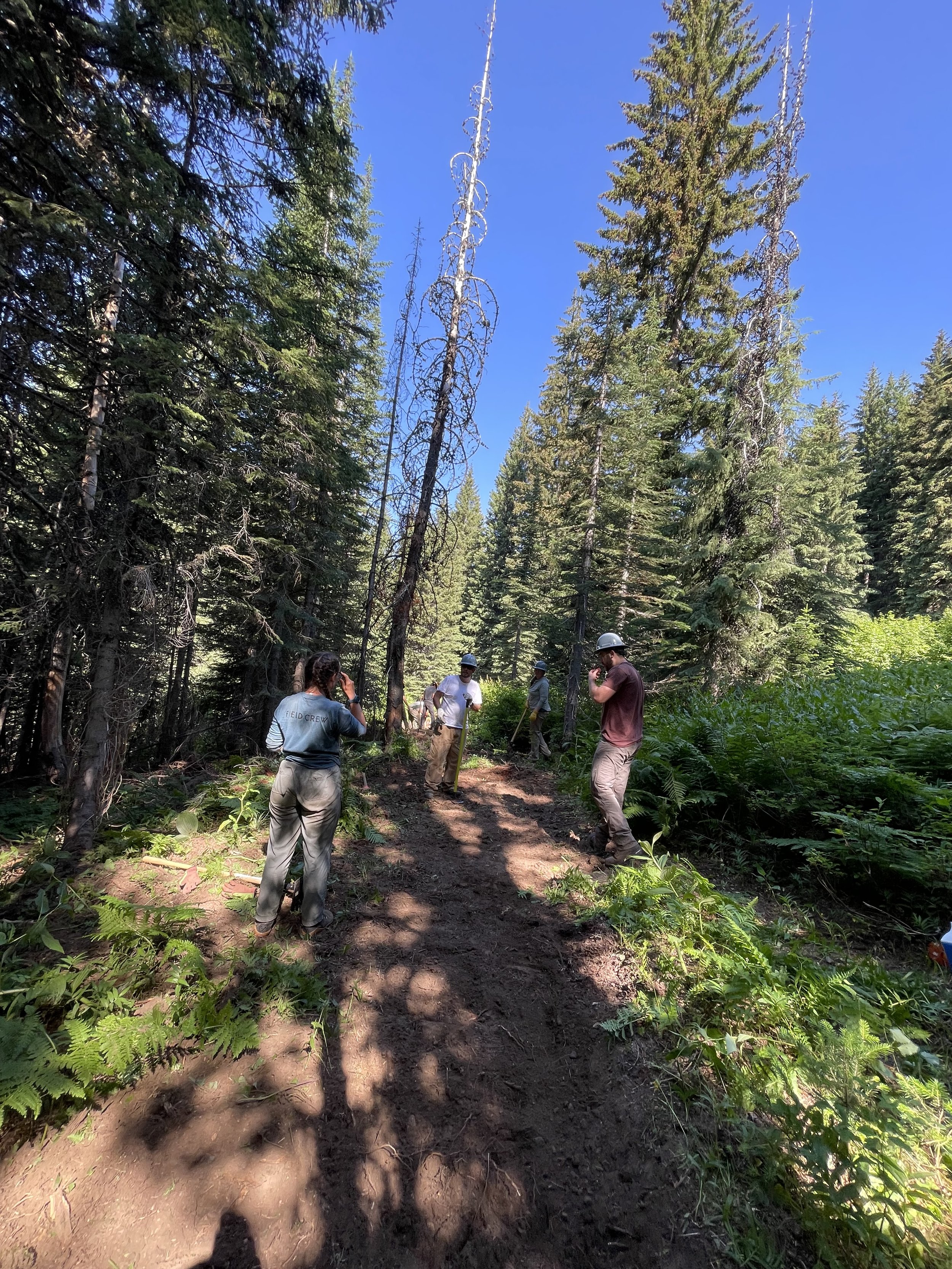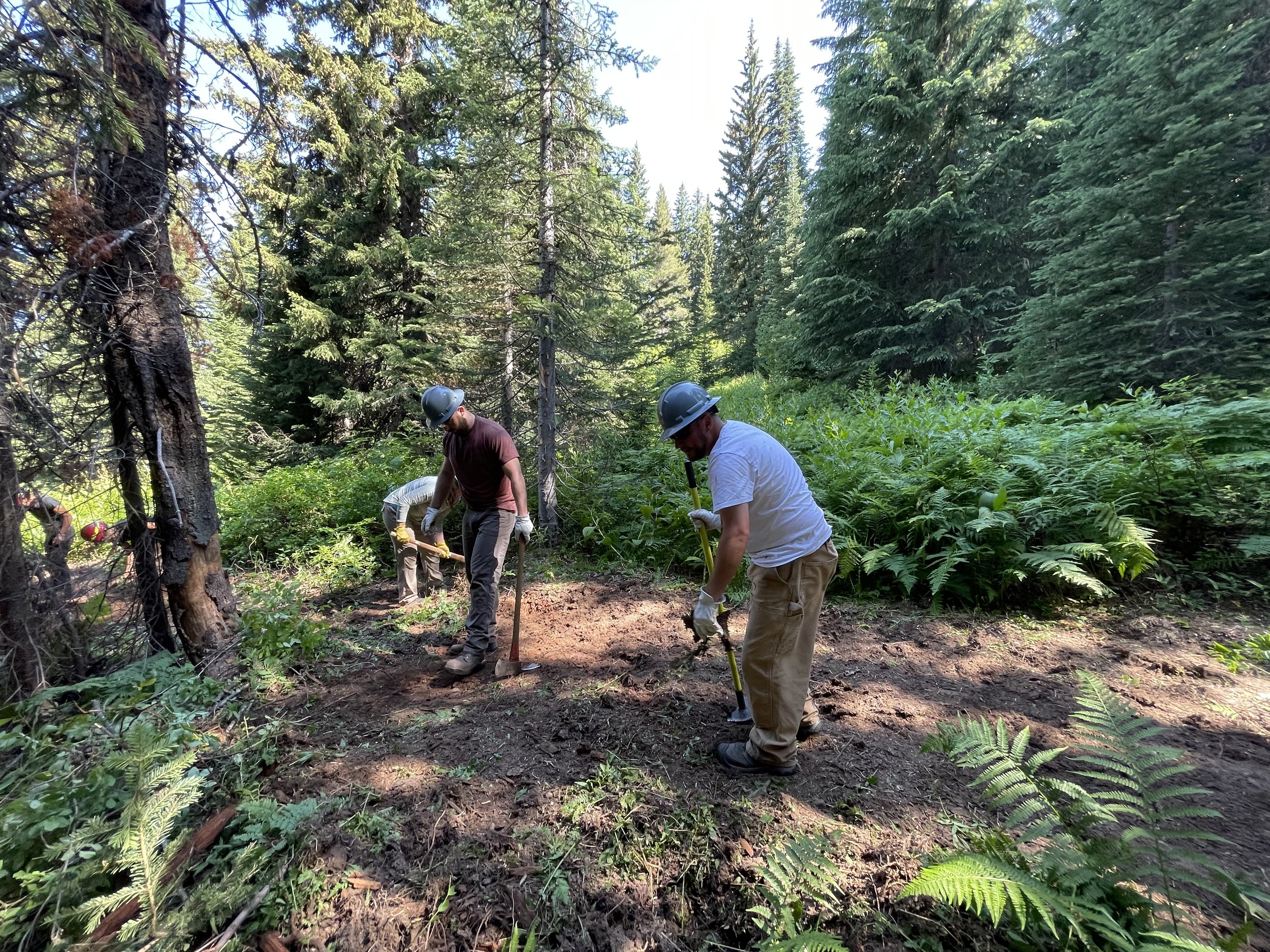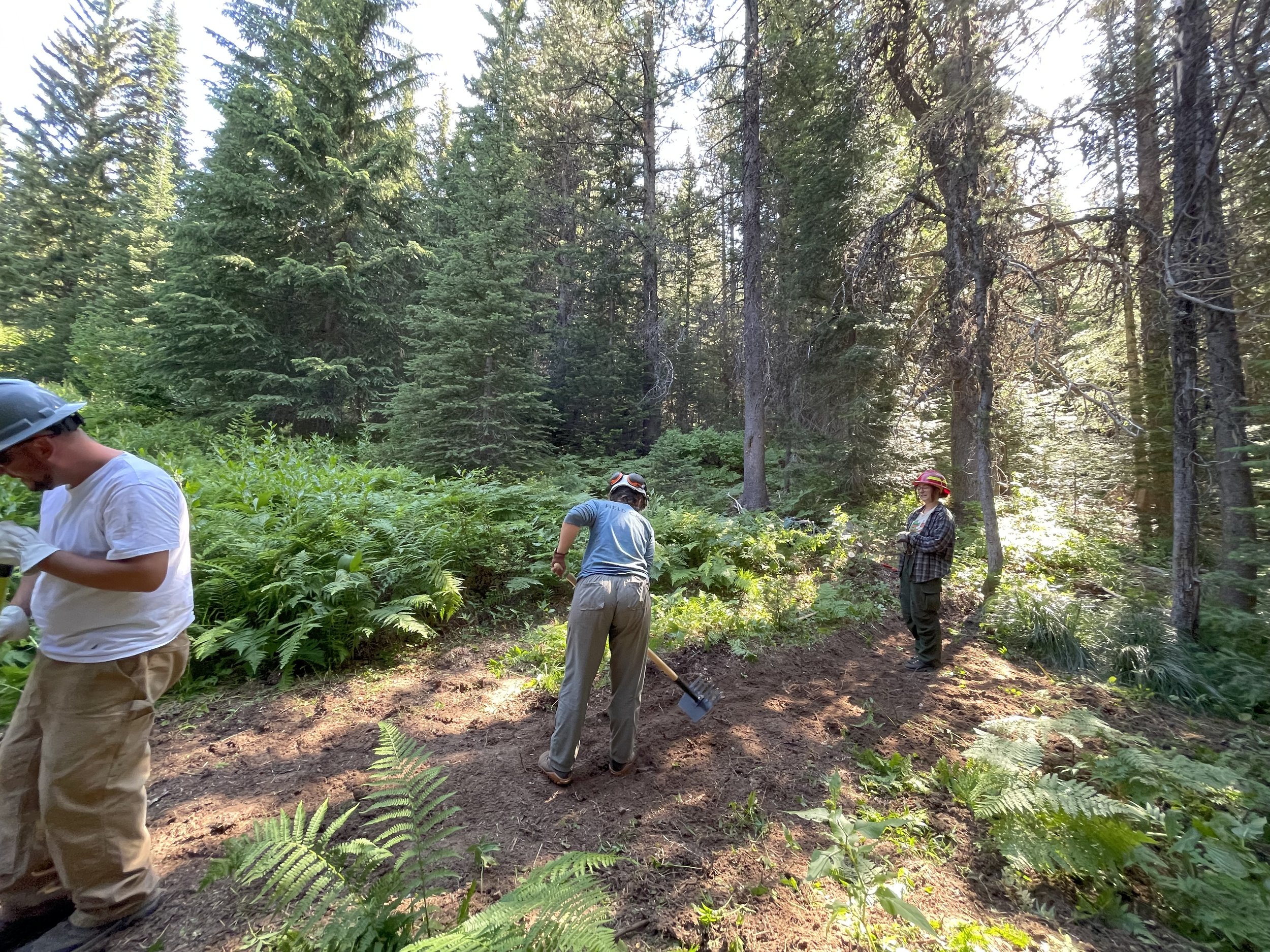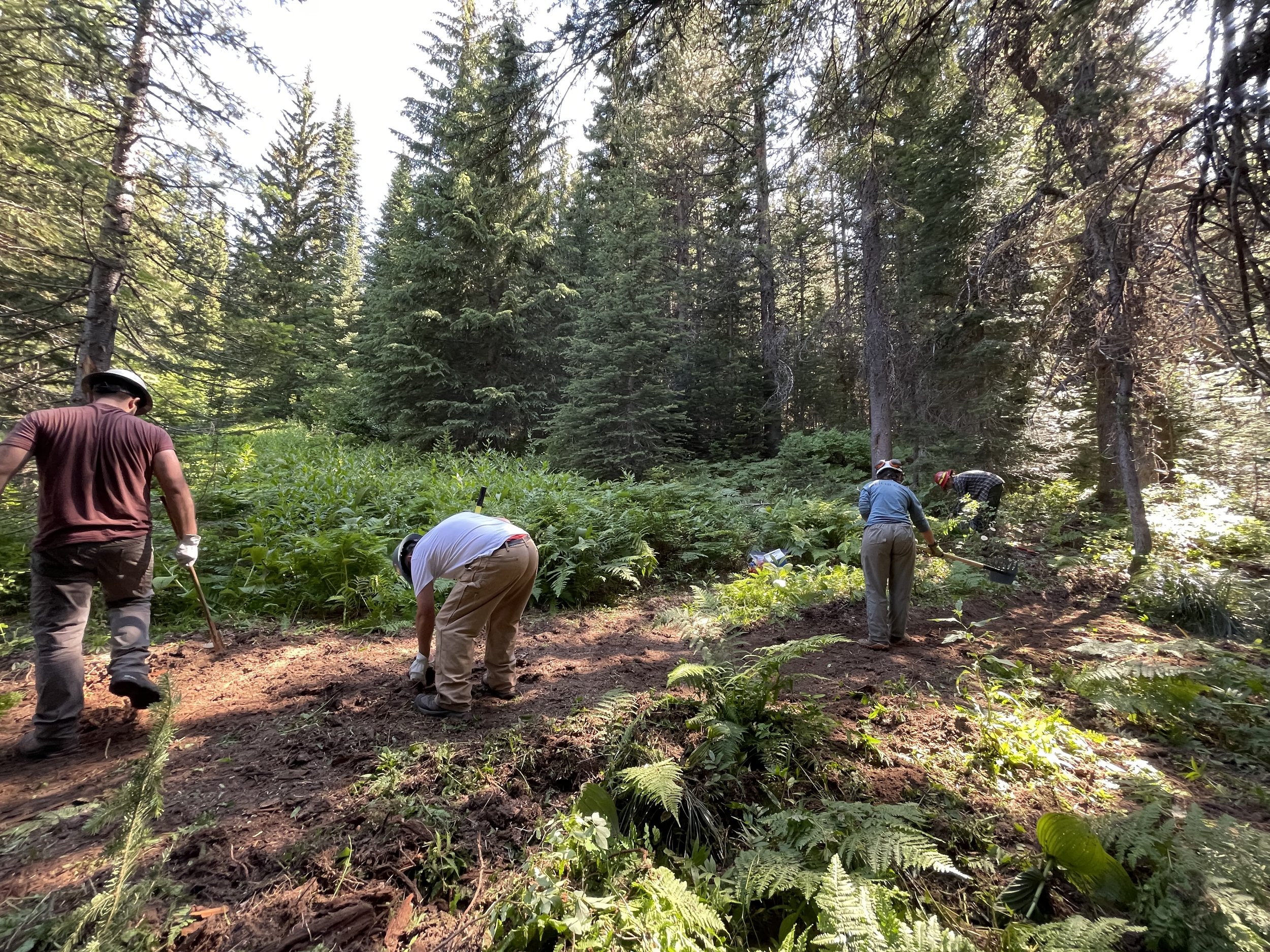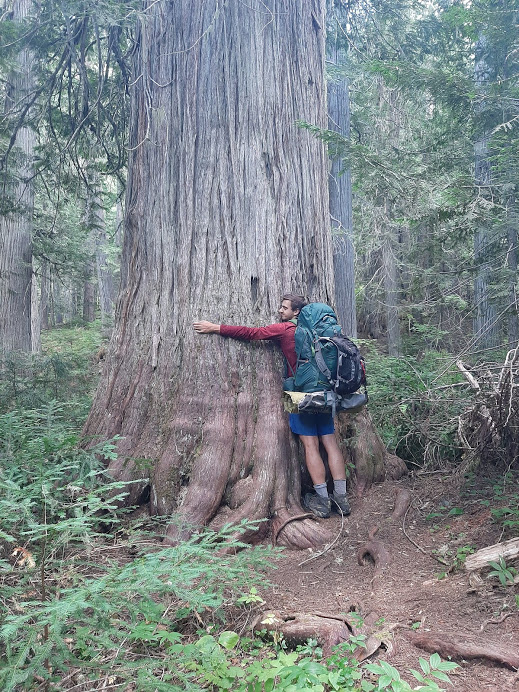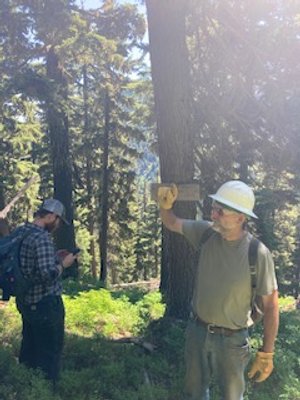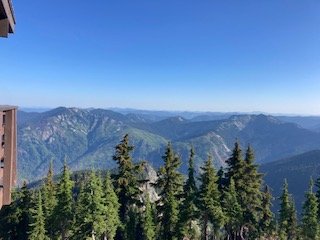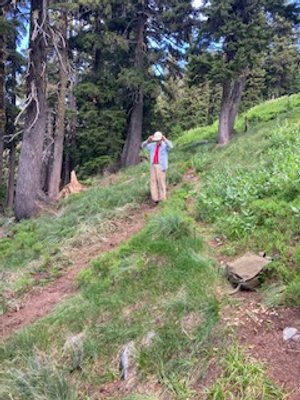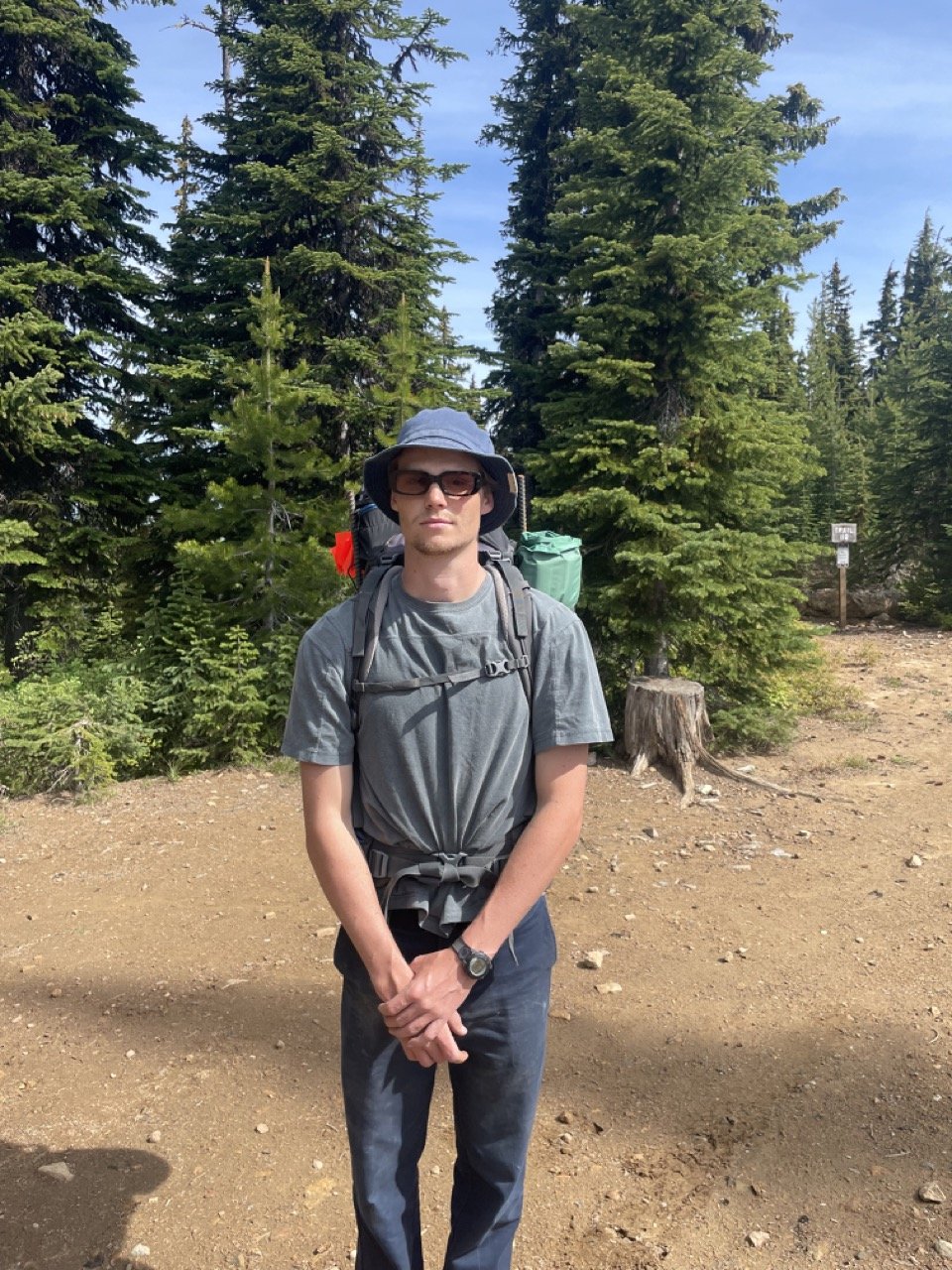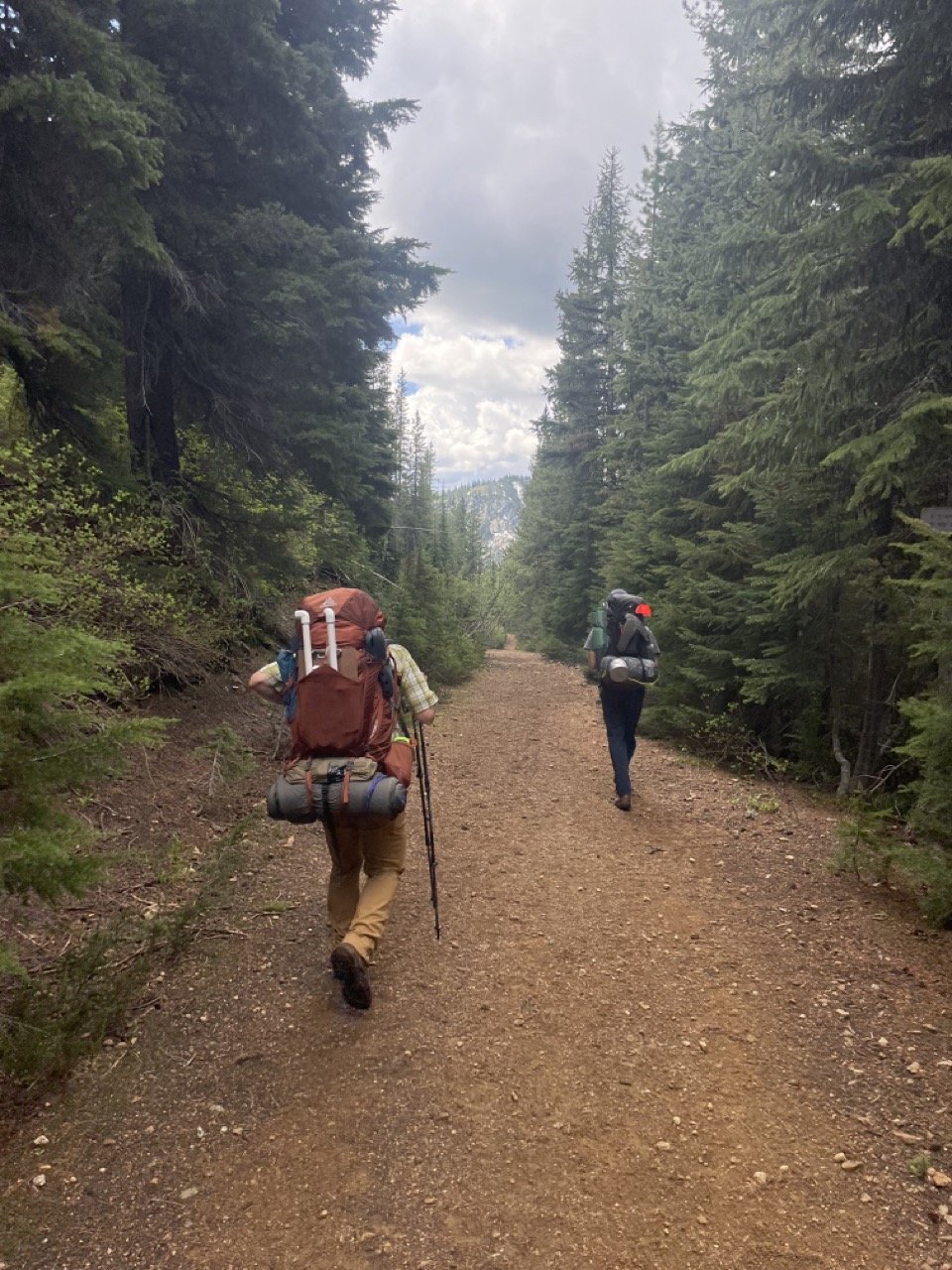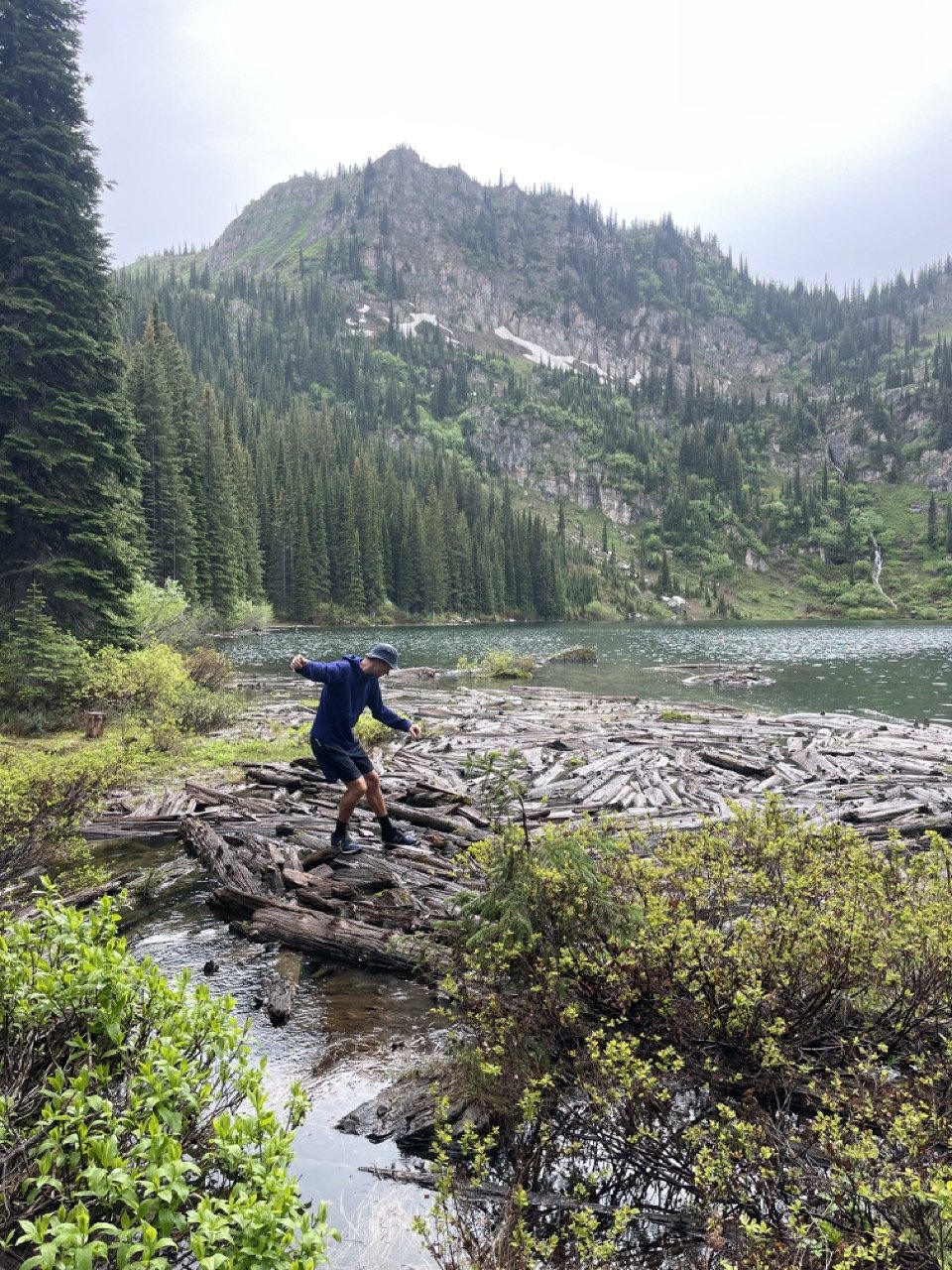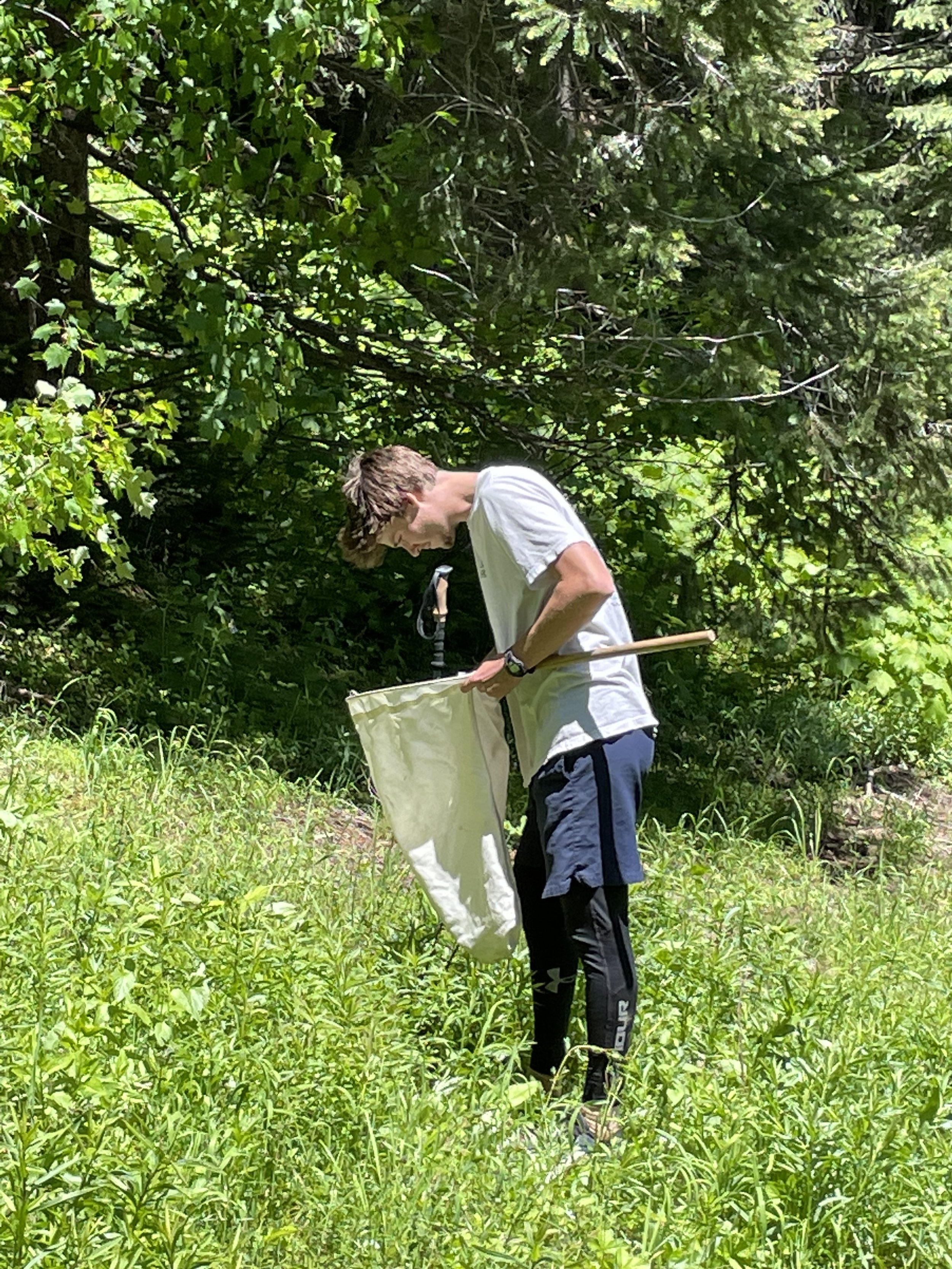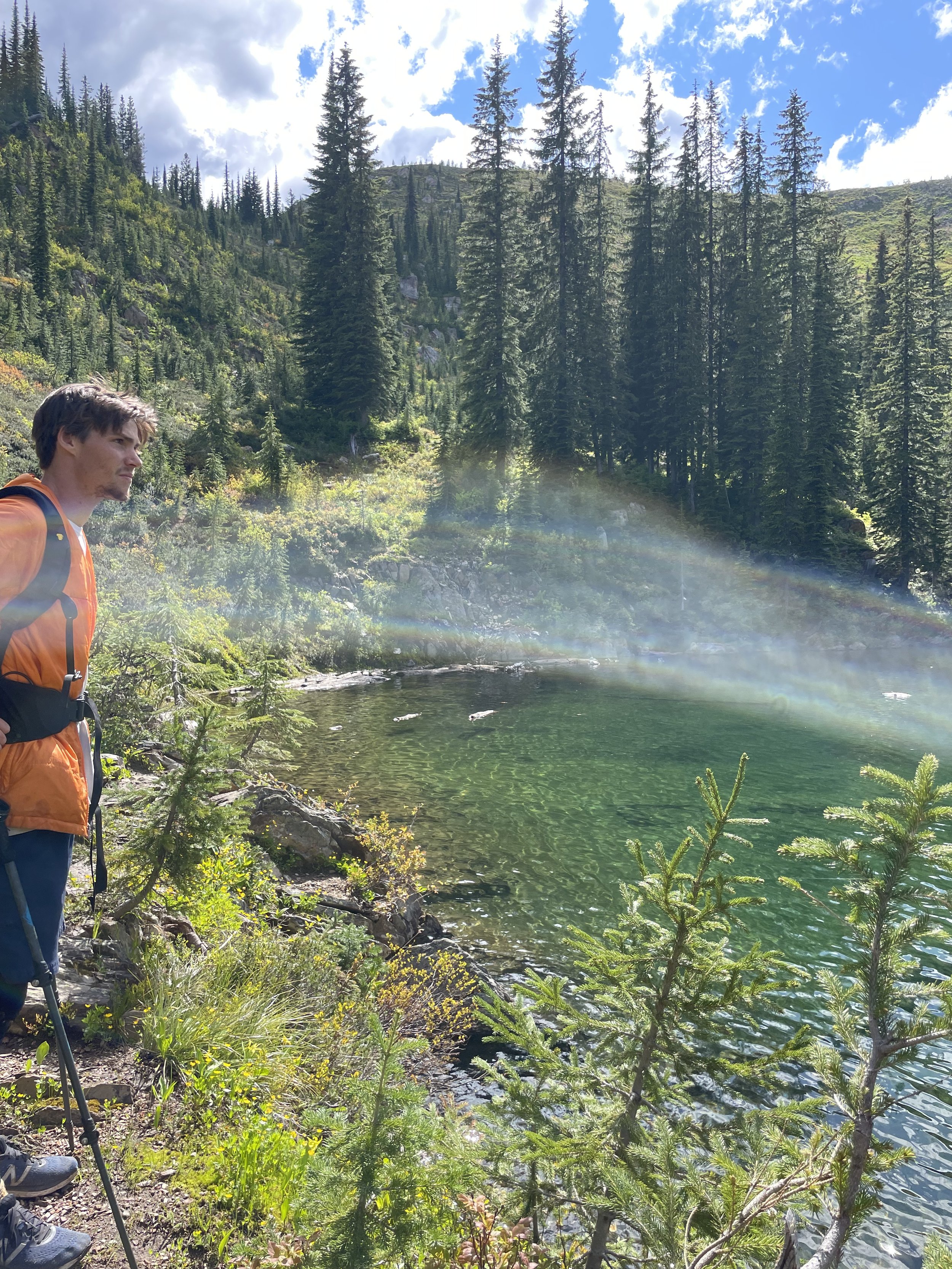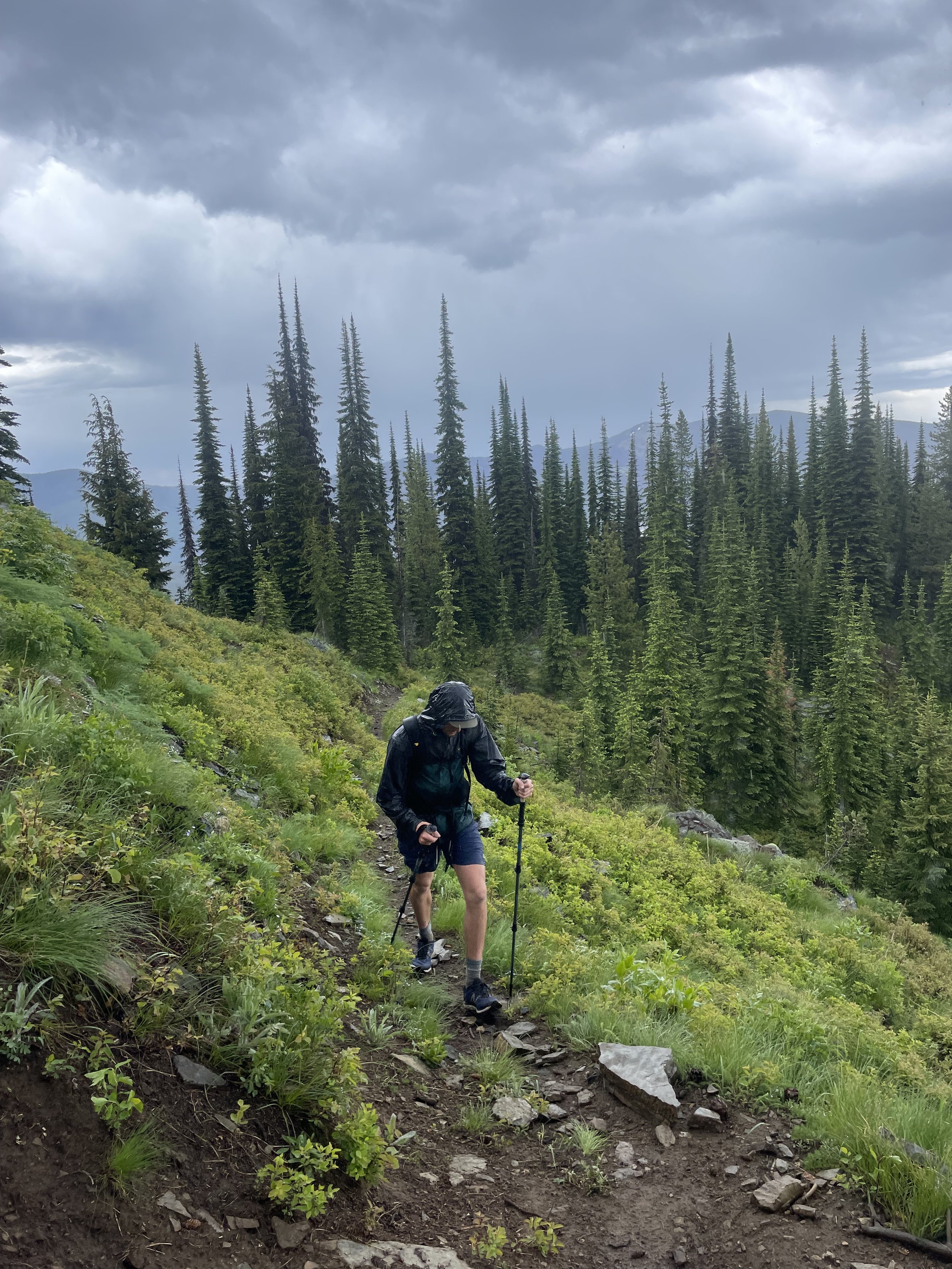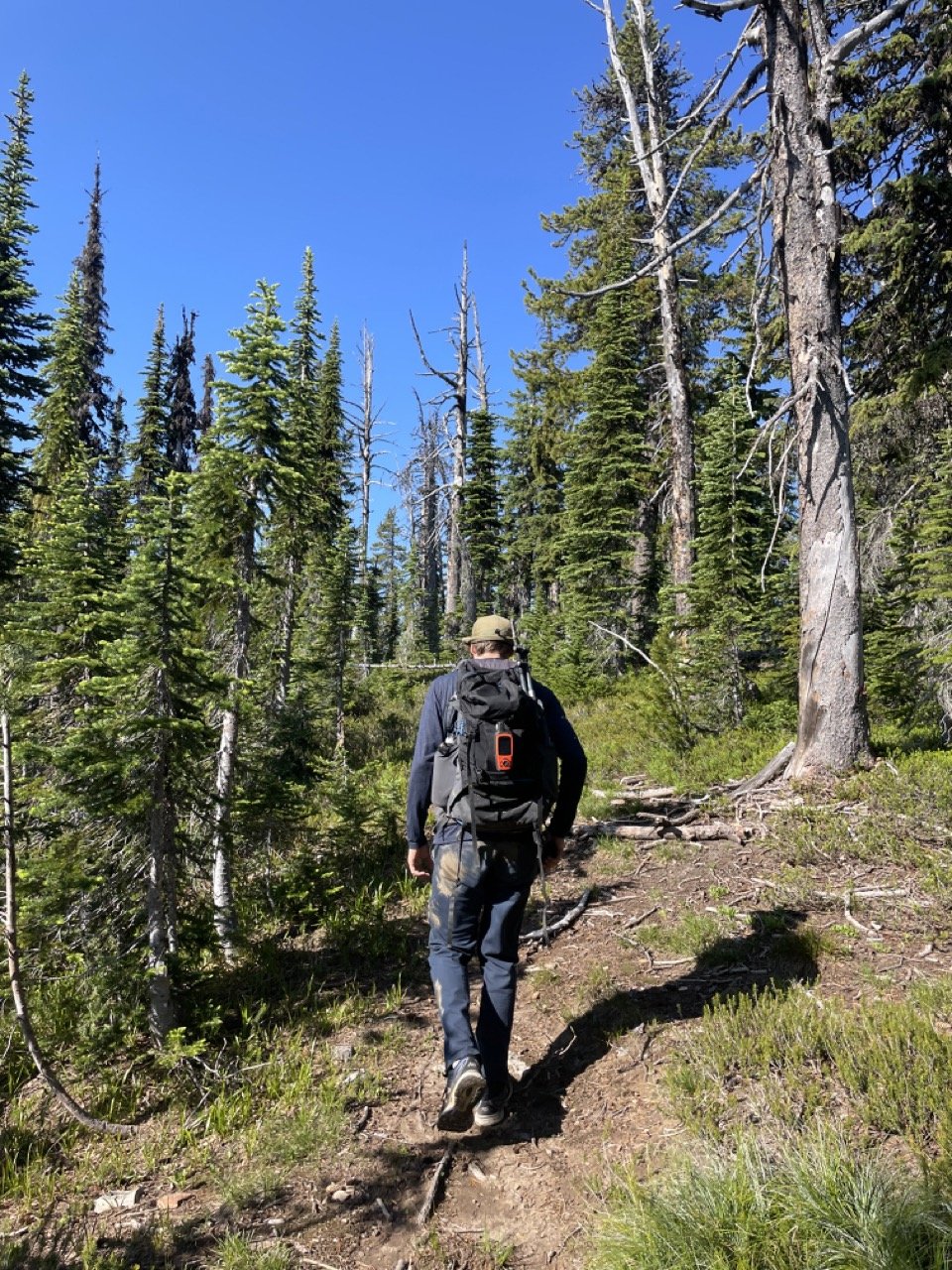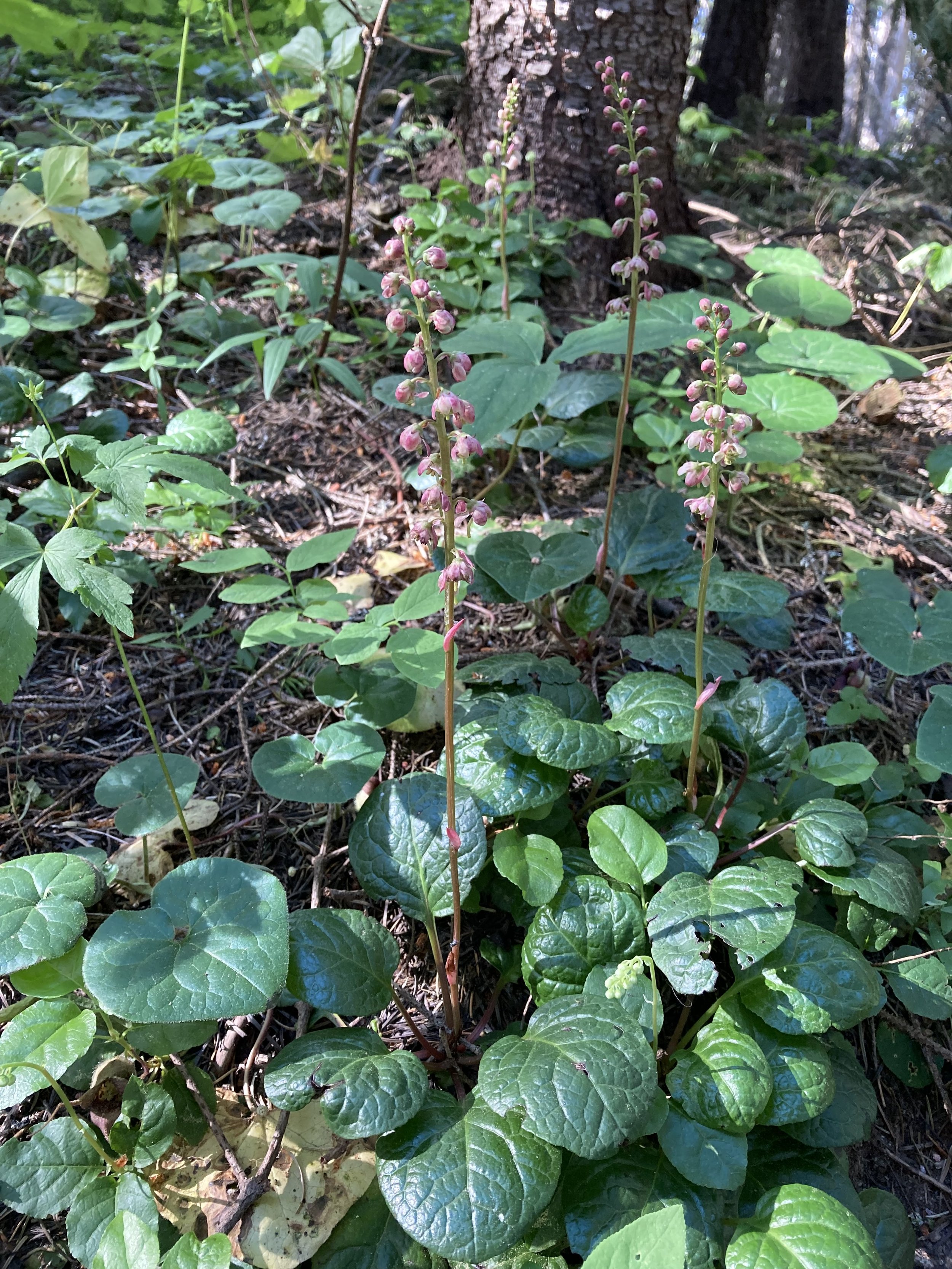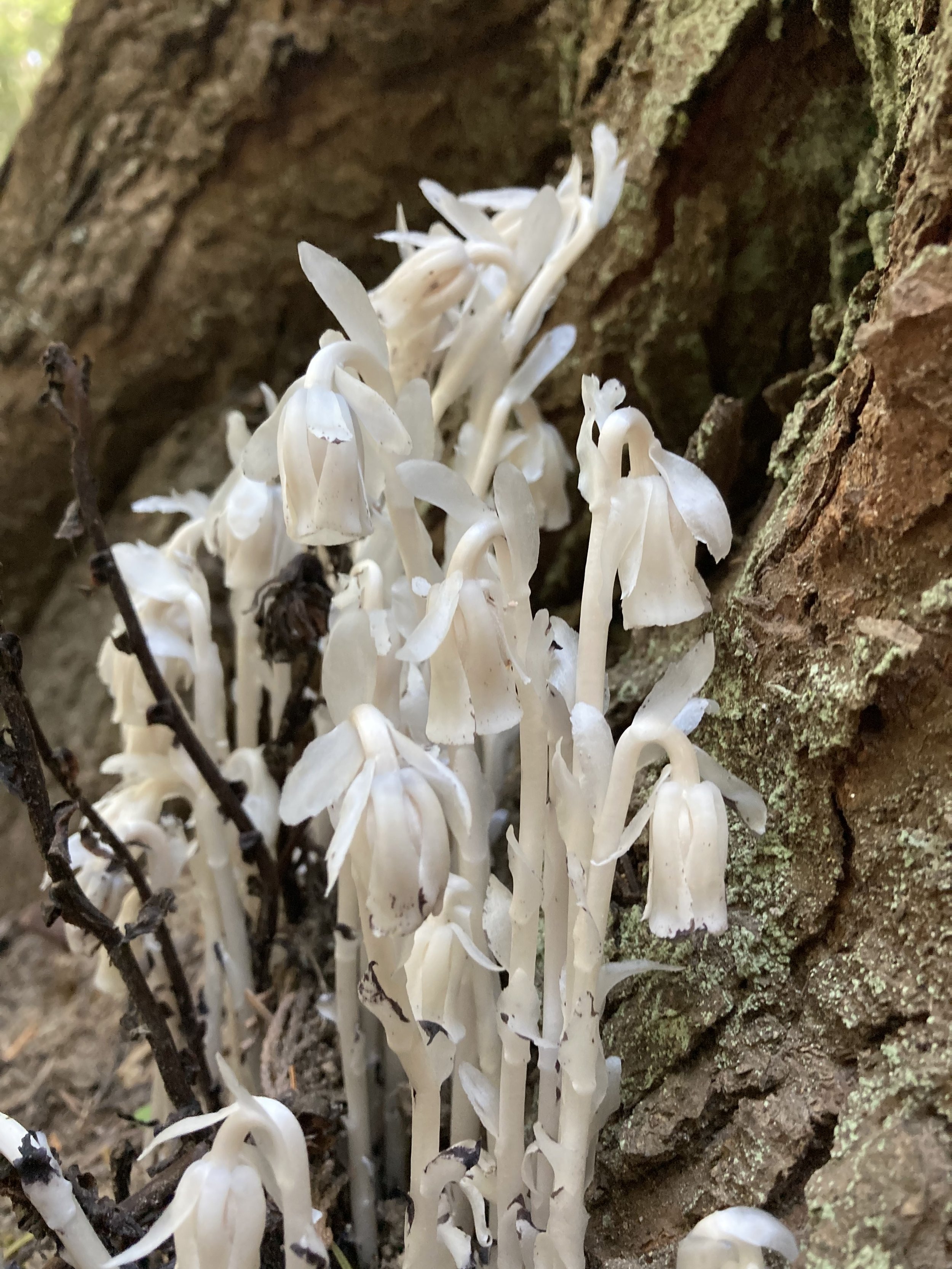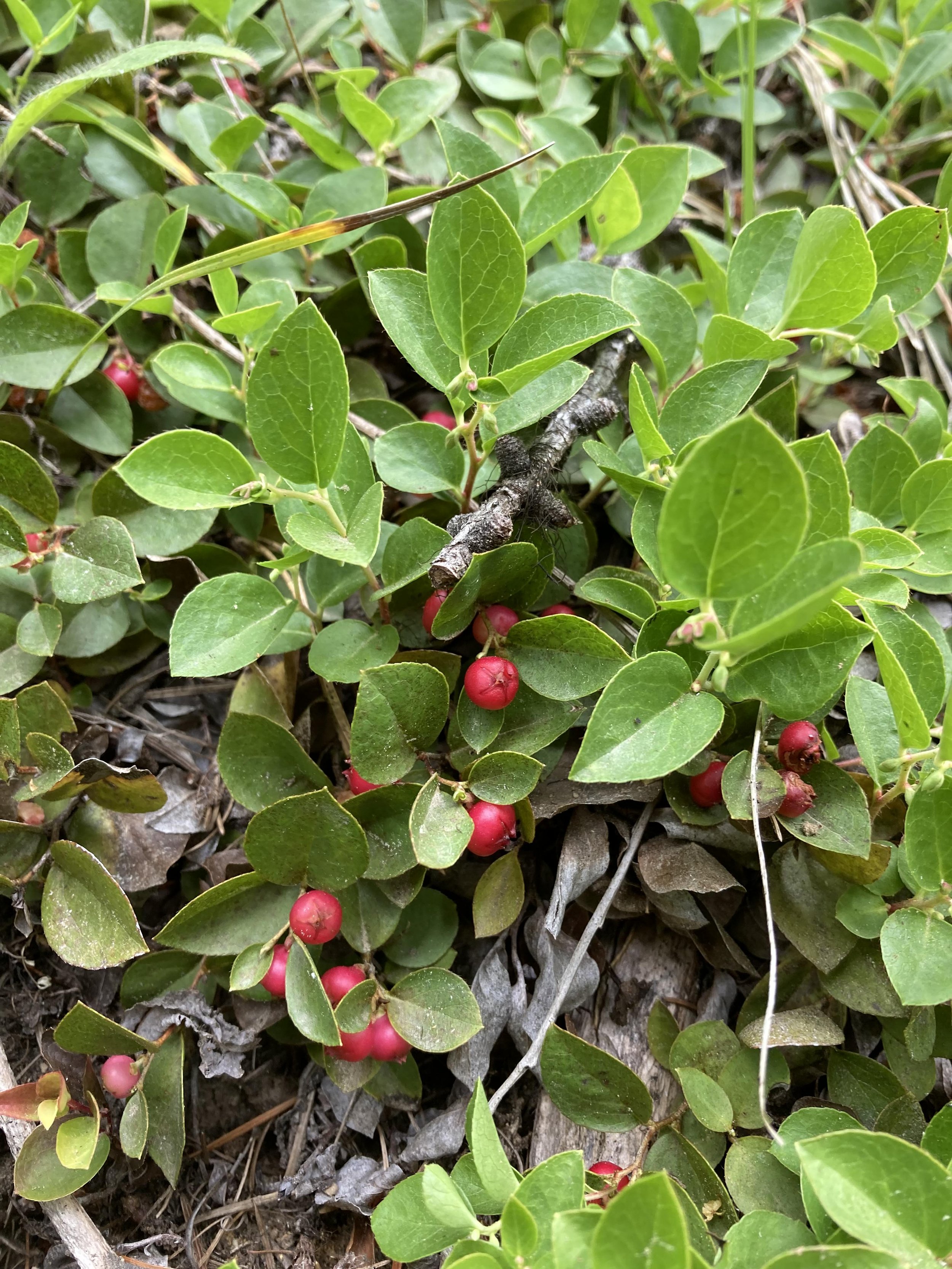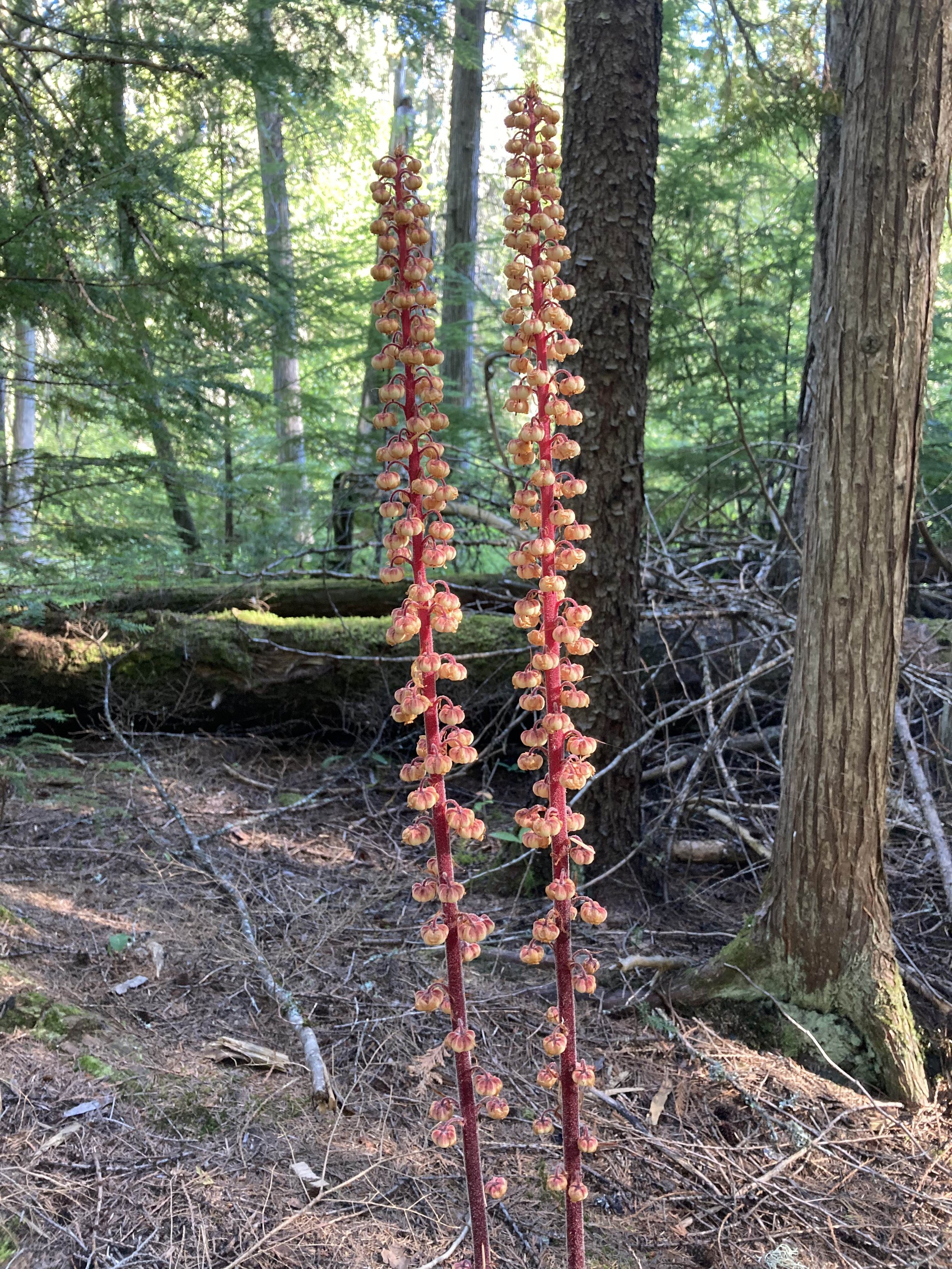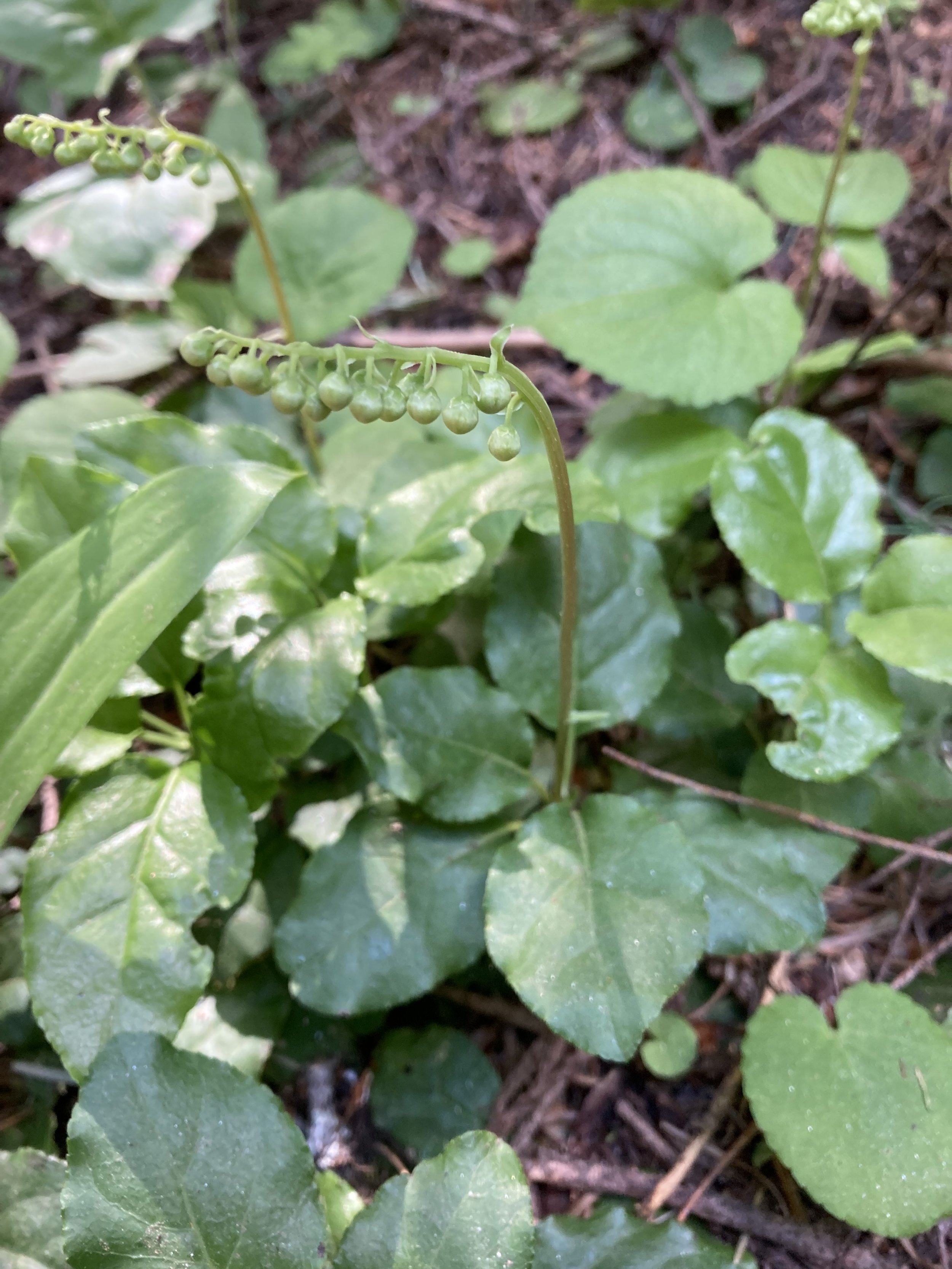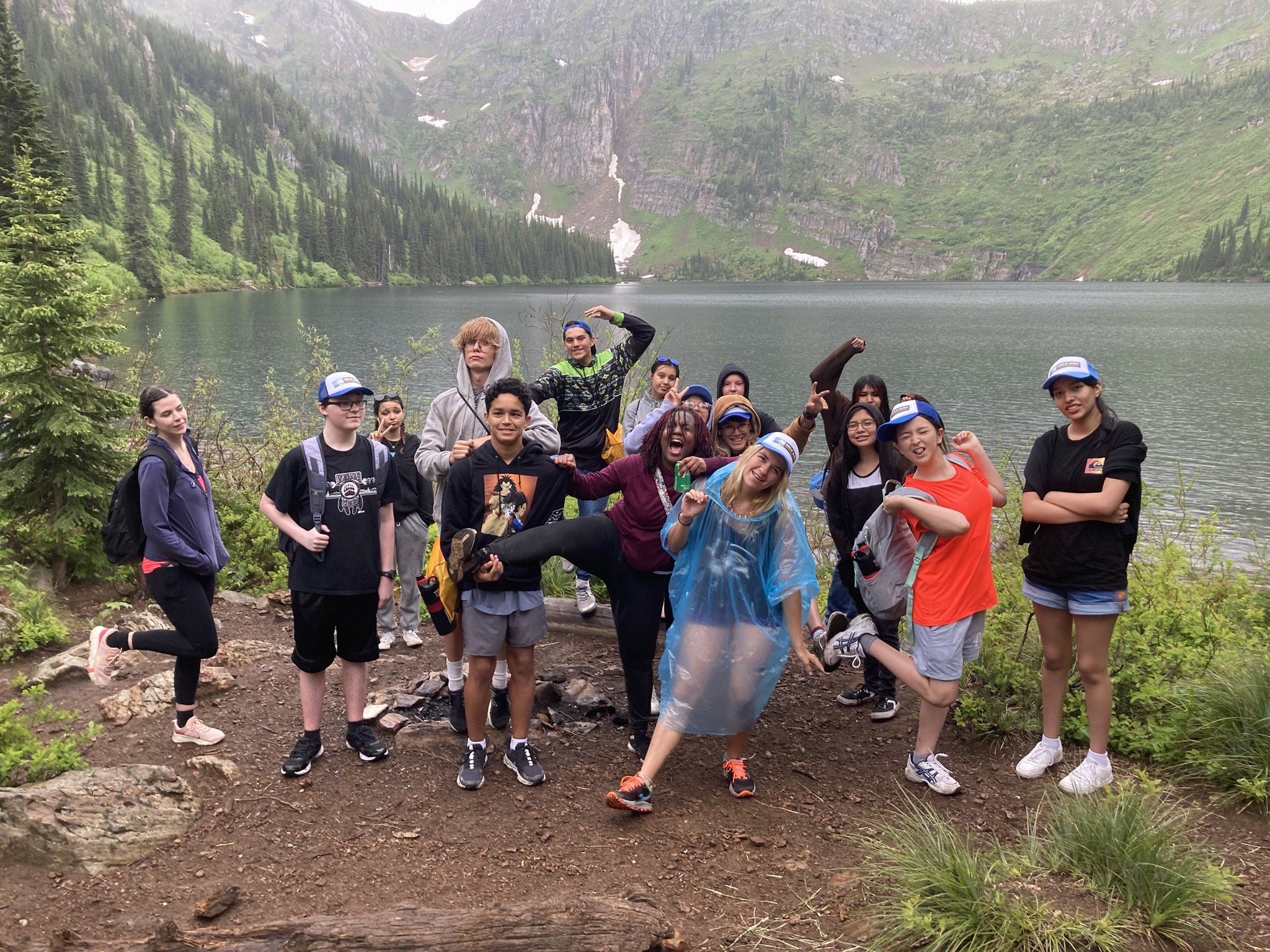15 Steps to Sanity in the Wet Backcountry
1) Don’t set your tent on a wood pad, raindrops will bounce and get your tent wet from the inside. Always opt for the unlevel ground under that dry tree.
2) Just put on the wet socks. They’ll be wet anyways after you put on those wet boots.
3) If the rain lets up, don’t expect it to stay that way. Do what you need to do while you can still stay relatively dry (tear down tent, pee, etc.).
4) Fires warm your soul and put you in a better mood.
5) Smile at the sun as it may not last long.
6) Wet nights are some of the coldest, but cloudy nights are some of the warmest…
7) Even Ziploc bags aren’t waterproof forever.
8) There will be a day that your stuff dries out again. I know it doesn’t seem true, but trust me.
9) Shorts are warmer when everything is soaked because there’s less material touching your skin.
10) The driest part of the backpack seems to be right under the lid. Do with this as you will.
11) Pack extra garbage bags, you dummie.
12) These ridiculous cold, wet tent nights and hiking days won’t last forever, so soak (haha) them up while you can.
13) Keep your dang sleeping bag dry and you’ll survive just fine.
14) Put all things on top of your sleeping pad during the day in case the tent leaks through the floor.
15) Take a second and breathe, all will be okay, and you’ll look back and think “it wasn’t really so bad afterall.”
Yours Truly, Ranger Joelle
